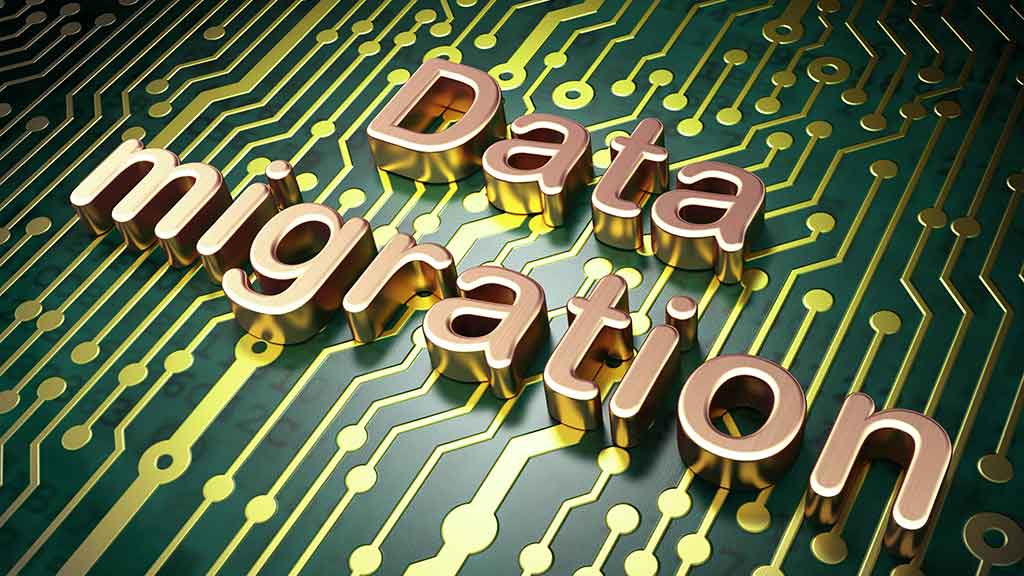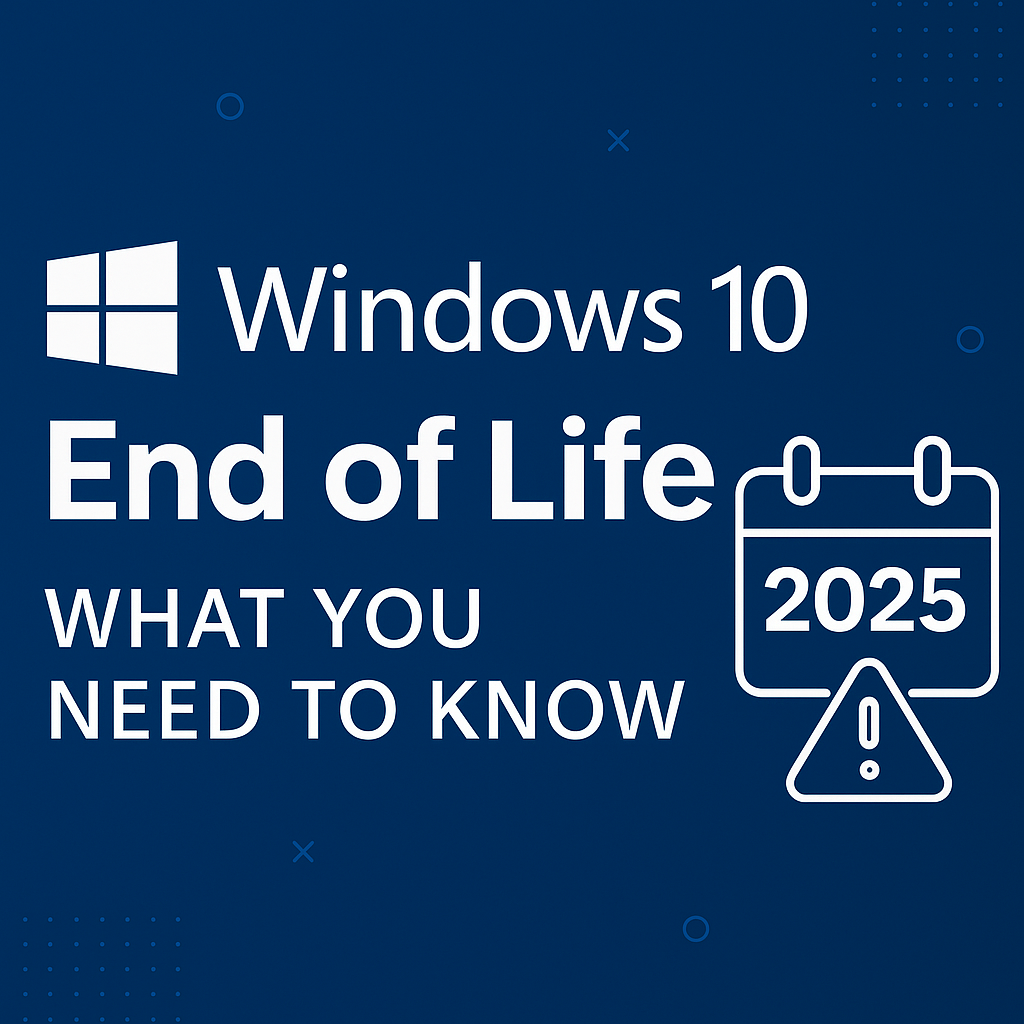In this blog, we’ll be talking about how to create a successful data migration plan for your organization.
To create a successful data center migration plan, the initiation and discovery phases must be ironclad.
This post will go over the best practices for any organization to avoid the most common data center migration mistakes that occur for migrations without proper planning.

To Create a Successful Data Migration Plan, Get Backing
A data center migration should only be done when a business is ready to fully commit to getting it done.
With proper planning, a data center migration can have minimal impact on the rest of the company, but a number of people from your company will likely have to be involved to ensure the migration is planned out properly.
Lay out what the risks of the data center migration are, and the risks of doing nothing.
When your organization understands the cost of inaction, they will be more inclined to hop on board.
A data center migration is just one part of your IT equipment lifecycle.
If you want to learn more about the whole process take a look at our Data Center Management Guide.
Is it the Right Time for a Data Center Migration?
There are really two parts to making sure it is the right time for a data center migration.
The first is figuring out that it is time to upgrade your data center equipment.
The second is making sure that a proper plan and schedule is in place with qualified people ready to tackle the task. This can help ensure a successful data center migration.
Data center migrations are no walk in the park, however. Regardless of what data center you’re migrating, the stakes are high.
Having a detailed schedule that goes over when each of the various steps will take place is very important.
Even though many businesses hire extra help to assist with a data center migration, it still often requires extra work and input from current employees during the process.
With proper planning and scheduling, this can be minimized.
Which Type of Migration are You Performing?
Before starting a data center migration, clearly identifying which type allows you to easier identify factors for success. There are four main types of data center migrations:
Data Center Relocation
Moving from one data center to another
Data Center Consolidation
A reduction of the number of physical servers, either through decommissioning various old servers, putting them to new uses, or replacing them with virtualized alternatives
Data center Colocation Migration
Migrating to a colocation provider’s location
Cloud Migration
Migrating your data center to the cloud
Be Sure About Your Data Center Migration Plan
At the risk of being overscrupulous, reevaluate which type of migration best fits your needs.
A data center migration is a large undertaking. Because of this, it is worth taking some extra time to do it right.
Ideally, a migration should only have to happen once every number of years.
For many companies, a cloud migration will be the option that gives the most flexibility, but it also has its potential downsides and isn’t for everyone.
Seek Outside Help
Industry authorities Forrester and Gartner both strongly agree that organizations should consult a data center migration specialist.
Before you select one, speak with their clients to get an unbiased opinion.
Any costs that might be incurred for consultation will more than make itself back in the mistakes they help you avoid.
Define Your Project Team and Required Skill Sets
Your project team will likely be comprised of three parts: the primary team, SMEs (subject matter experts), and the enterprise itself.
This primary team includes the virtualization architect, migration analyst, project manager, storage architect, and network engineer.
It is necessary that they each have been involved with at least one data center migration in the past, but hopefully multiple.
These members keep everything within budget, on schedule, and moving along.
The SMEs don’t necessarily need to be committed to the project full-time, but they are vital nonetheless. When your primary team needs counsel, they fill the gaps in knowledge.
Neither of the other groups must be sourced from the organization itself. Though four resources must be provided by the enterprise: an executive sponsor, a data center operations and services specialist, a disaster recovery coordinator, and a project manager.
The project manager is the only member of the primary team that needs to come from the organization itself.
Resources are limited from day-to-day operations, so outsourcing most of the other roles may make more sense for organizations to ensure continuity.
Create a Project Charter
A project charter lays everything that defines the project out on the table.
The charter establishes the basis for your data center migration plan and prevents retroactive questions that delay progress. The project charter should include:
- Scope of the data center migration
- Involved stakeholders
- Timetables
- Key objectives, landmarks, and deliverables
- Plans for communication
- The purpose of the data center migration
- The Risks of the data center migration
- Decision-making chain of command
- Responsibilities
The charter should help to assuage any internal politics issues that typically arise with a data center migration. A constant, honest line of comms to site staff can help prevent issues that otherwise might have arisen.
Additionally, get the HR department involved in planning out communications and practice full disclosure.
Scope can creep up on even the most prepared organizations. Be very thorough in defining the scope of the data center migration to ensure that you’re not overextended as unexpected tasks pop up.
Finalize the Data Center Migration Plan
It’s time to begin preparing the data center migration plan, along with the schedule and budget. Use the information gathered in the preliminaries to start forming the early numbers and details such as:
- Your team headcount for your core team, in particular, your subject matter experts (SMEs), program staff and site staff.
- The estimated resource costs.
- The number of sites to transport
- Number of move groups.
- Time estimate to move each group
The five primary costs:
- Paying the migration team
- Purchases of Infrastructure
- Data Center Decommissioning
- Transportation of equipment
- Installation of equipment
One of the most significant costs is typically the migration team. With all these factors accounted for, your organization is ready to begin.
Begin the Data Center Migration
Data center migrations are once in a lifetime events for many businesses.
The whole process can seem chaotic, but if you follow the steps laid out to create an effective data center migration plan, push through the tedious research phase you will be rewarded with a successful data center migration.
Have Extra Equipment After Your Data Center Migration?
exIT technologies is trusted by Fortune 500s and government institutions across the United States. Our data center liquidation and data center decommissioning services make us a trusted ITAD resource.
Get a Quote for Old Data Center Equipment


